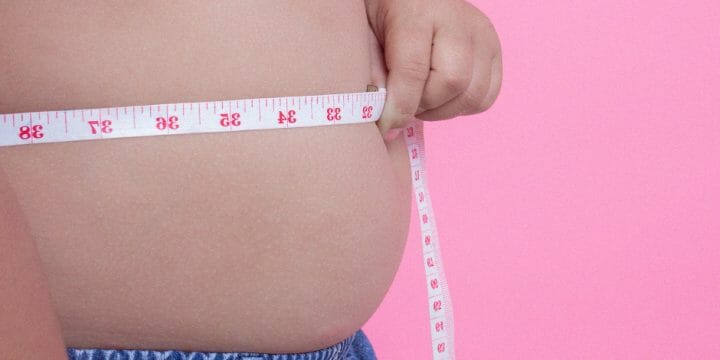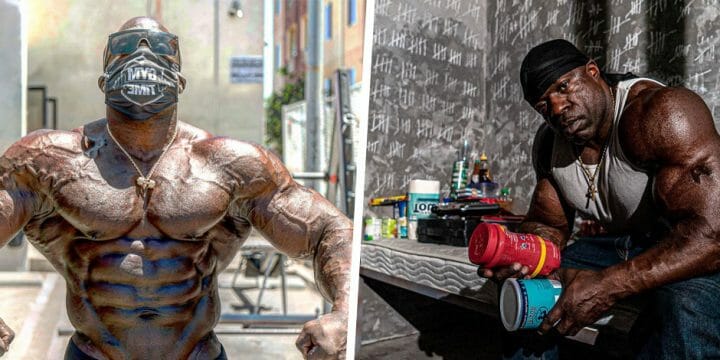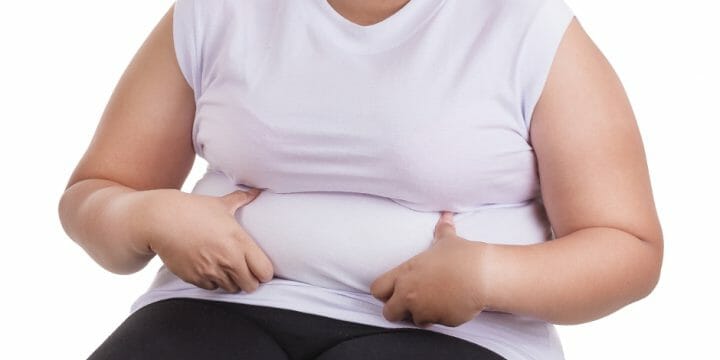This is a common question I get as a certified personal trainer, and it most often comes from amateur bodybuilders who have put in a lot of effort to build muscle mass.
Then comes a cutting phase where they want to burn fat to gain more muscle definition.
And since physical activity burns more calories, it must surely be the muscles that target the flabby stuff, right?
It’s not quite that easy and clear cut, so I’ve put together this quick guide to show you how strength training and losing fat are tied together.
Quick Summary
- Muscles do not directly burn fat for energy; instead, they signal the body to use more fat as energy during physical activities like strength training and cardio.
- Glycogen stored in muscles is used up quickly during exercise, necessitating the replenishment of these stores for continued energy supply.
- Adenosine Triphosphate (ATP) is the primary energy source used by muscle cells during physical activity, as explained in Nutrition Reviews.
- In my view, understanding the science of muscle energy use is key to developing more effective workout routines for fat loss and muscle building.
Does Muscle Burn Fat Directly?

The simple answer to this is no; muscles don’t burn fat directly as fuel. Instead, muscles send a request to your body for more energy.
Strength training offers holistic benefits beyond fat burning, including improvements in mood, sleep, cognitive function, and reductions in anxiety and stress, while also lowering the risk of diseases like osteoporosis, type 2 diabetes, high blood pressure, and cancer.
Personally, I've seen improvements in mood, sleep, and stress levels in my clients, as well as myself, through regular strength training.
While it might seem simpler if muscles directly used fat like a car uses gasoline, our bodies have evolved a more complex system for fuel utilization.
To grasp this, let's explore how muscles actually use energy.
1. Glycogen
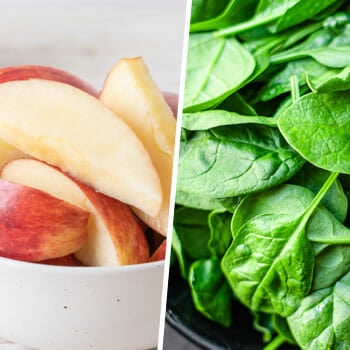
Your muscles store glycogen, a specific type of glucose that can be processed faster than blood glucose.
The body constantly replenishes glycogen stores as it burns through it, something I've seen in action during intense training sessions with my clients.
Still, if you're doing cardio or building muscle, those reserves deplete a lot faster, ultimately leading to tiredness and fatigue.
With more muscle movement, some of that glycogen is oxidized into adenosine triphosphate.
2. Adenosine Triphosphate (ATP)
ATP is the fancy term used for the type of energy that muscle cells use to contract during physical activity, according to the Nutrition Reviews [1].
Whether that’s picking up your phone or bench pressing 150 pounds, it all comes down to ATP.
But there is a link to fat, and we’ll explain it shortly.
How Does Your Body Target Stored Fat To Lose Weight?
In my experience as a trainer, effective weight loss always comes down to burning more calories than consumed, despite the complexity added by genetics and hormones.
While spot reduction of fat in areas like the belly is not feasible, a consistent calorie deficit combined with regular exercise can effectively reduce body fat.
Maintaining and increasing lean muscle mass is crucial for preventing weight gain as we age, with strength training playing a key role in maintaining independence and facilitating daily activities like walking and cooking.
1. Metabolic Boost

During cardio or strength training, muscles require increased energy, primarily ATP. I've observed this need firsthand in both my workouts and those of my clients.
They utilize glycogen stores, which deplete quickly, prompting the body to replenish them.
This process activates the metabolism, similar to how a car needs regular refueling.
Only the body doesn’t have to stop moving; it has a more efficient solution.
Your body has a few sources of energy available.
2. More Calories From Other Energy Sources
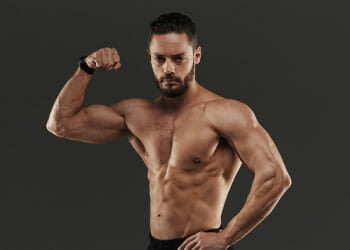
The first healthy energy source is blood sugar, and it is the fastest way to transform energy into ATP. In my practice, I've noticed how blood sugar levels significantly impact performance during workouts.
But your blood sugar will only last so long, and in the case of high-intensity workouts, it can run out in as little as 30 minutes.
It can even happen sooner if you tend to do fasted exercises [2].
“In general, there’s no need to eat before exercise. If you feel better when you do, then, by all means, keep it up. But if choking down a pre-workout banana or bowl of oatmeal is a chore you do only because it’s supposed to help you avoid muscle loss/fat gain/growing antlers, then it’s time to relax.”
- Nick English, Writer at greatist.com
When exercising, your metabolism works to increase the breakdown of macronutrients for energy, boosting blood sugar levels.
If these immediate resources are insufficient, the body then turns to stored fat for energy.
The higher the caloric demand from exercise, the more the body relies on fat reserves.
Related Articles:
FAQs
Does Muscle Mass Turn to Fat When You Lose It?
No, muscle does not turn into fat when you lose it. No process in the human body transforms amino acids from muscles into fatty tissue.
A lack of working out at the gym and a calorie surplus can lead to a loss of muscle mass and an increase in fat.
How Do You Lose Fat but Keep Muscle?
To lose body fat but keep muscle, you have to combine cardio and weight training to maximize calorie burn.
Burning fat depends on how many calories you burn compared to how many calories you take in. Building muscle depends on lifting weights and pushing your muscles to the limit.
References:
- https://www.ncbi.nlm.nih.gov/pmc/articles/PMC6019055
- https://greatist.com/fitness/why-you-should-exercise-on-an-empty-stomach#tl-dr
About The Author
You May Also Like

